Irina Bolotina
(1944-1982)
«At the first stage in every thing and every artist must be amazed, the viewer must see the unexpected, but he must accept this unexpected as naturally necessary, as if he himself were discovered in the world — only then the life of the work and the artist took place” (1) — Irina Bolotina thought so and knew how to look at the world, whose painting was shown for the first time at the 1966 youth exhibition. Since then, she has exhibited at youth, Moscow and all-Union exhibitions. She gained fame as an artist who painted mainly Moscow: Krasnaya Presnya, Chistoprudny Boulevard, Kirov Street, Kropotkinskaya … Moscow is old, to this day small, which can be bypassed. The early works of Bolotina, of the sixties, were characterized by the expression and romantic character of the images, which was achieved by the contrast of color, the plastic, almost volumetric texture of the painted surface. In the seventies and early eighties, the artist comes to a strict picture of images. She chooses large canvases; not afraid to fall into banality, he turns to well-known points of view on the city (Post Office, Artist’s House on Kuznetsky Most, Kievsky Railway Station). More and more her attention is focused on the life of the city — posters, shop windows, human vanity are included in her paintings. The main tone is acquiring leading importance, the importance of rhythm in the composition, color and texture of the picture increases. The rhythm helps to bring the urban landscape into a harmonious unity and at the same time to convey the mobility of the city, its life.
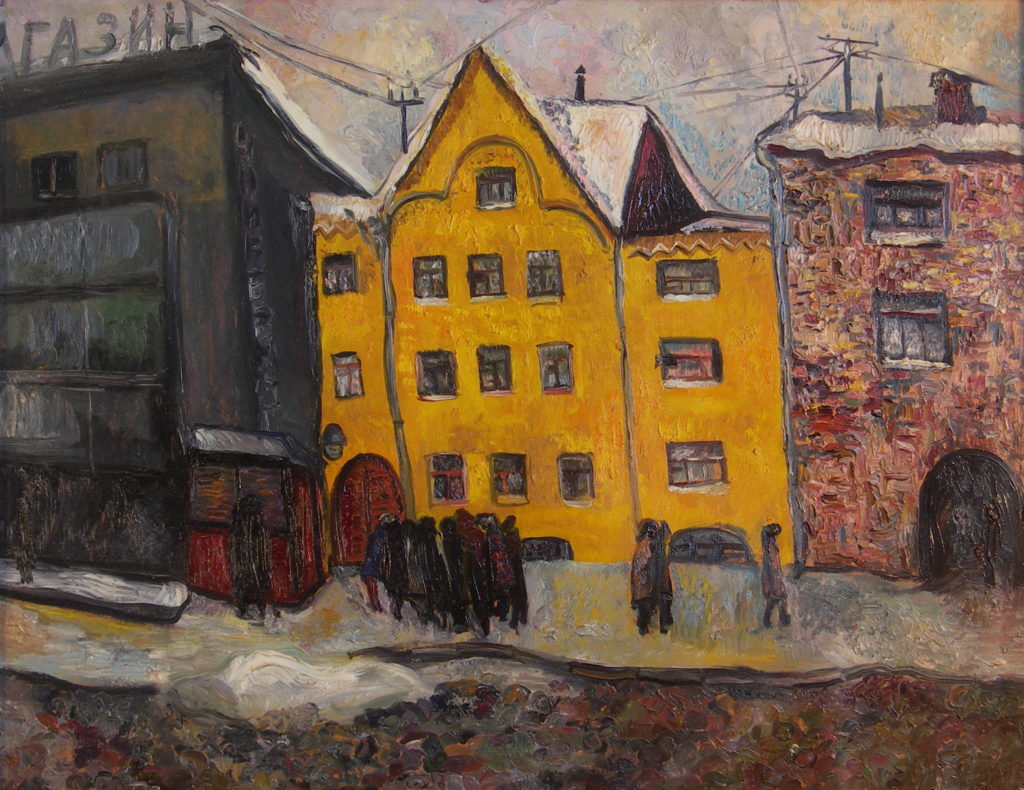
Bolotina’s path in art is integral. Her artistic personality emerged early. Already student works are distinguished by a serious, analytical look and, at the same time, always — boundless emotionality, an enthusiastic attitude towards the world, towards people, towards art.

In 1958, Bolotina came to a studio on Krasnaya Presnya, which was directed by Vsevolod Sergeevich Shcherbakov, a well-known teacher in Moscow who developed a wonderful system of artistic development for adolescents. This system has become the basis of one of the most important areas of modern art teaching. Before the war, V.S. Shcherbakov worked in the Central House of Artistic Education of Children, in which V.A.Favorsky, P.Ya. Pavlinov, R.R.Falk, M.D. Bernstein and other remarkable figures of artistic culture took part. Shcherbakov’s enormous erudition, understanding of the psychology of adolescents and youths allowed him, purposefully implementing specific principles of teaching and upbringing, to reveal the inclinations of each student and subtly control their development.
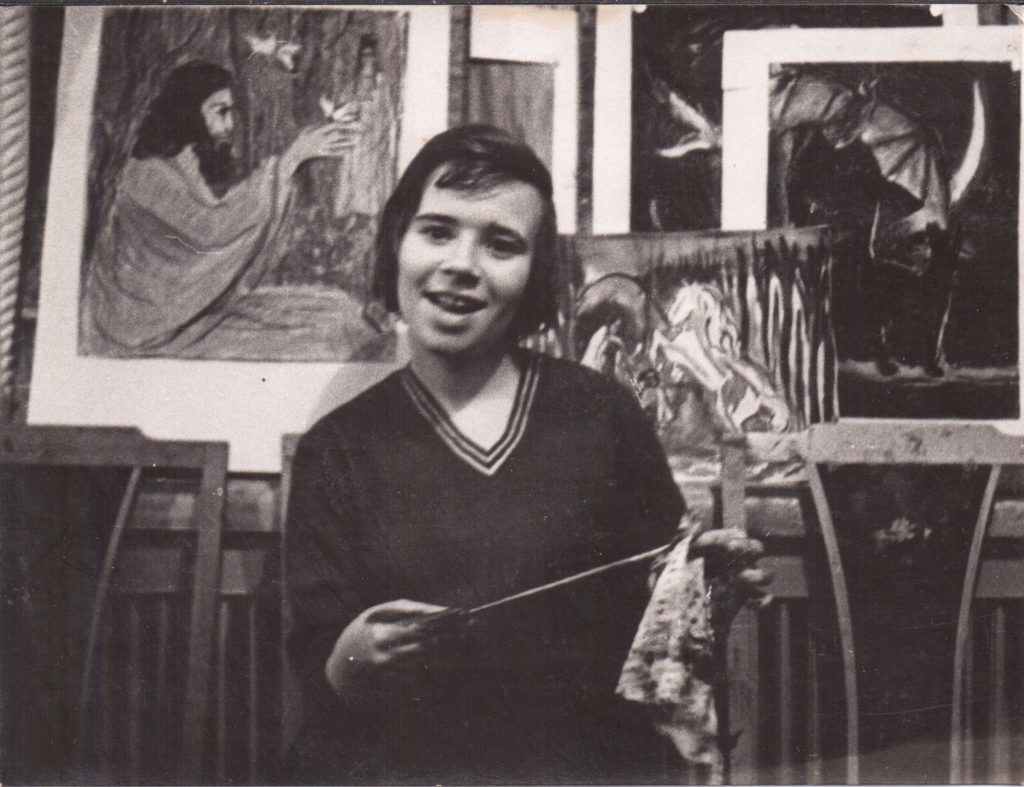
A number of still lifes, landscapes, portraits, illustrations made by Irina Bolotina in the studio reflect not only the process of mastering the artistic means of drawing and painting, but also the formation of the artist’s personality. Persistent personality — for several months Bolotina could do one job; optimistic and confident in her abilities — how powerful and majestic her large still lifes, richly painted in oil, sound, how delighted she is with the beauty of a tin can, an old cast iron, a wrench, a variety of textures, shapes and colors of the entire surrounding world; those who are inquisitive in the study of nature are interested in independent works of those years, depicting interiors, views from the window; bold in mastering all means of artistic expression, the spring landscape painted with a palette knife during his student years, and today excites with its freshness, sincerity of feeling. Bolotina also had a difficult period of self-comprehension, introspection. It came after the death of the teacher, which she experienced long and hard. Then, in the second half of the sixties and early seventies, the individuality of the artist was determined. In all her works, no matter what genre they belonged to, almost opposite principles coexisted. Self-portrait (1965) is almost tragic, tense, and at the same time, one can feel self-confidence, composure, and inner energy in it. The work Drinking Beer (1967) combines the romanticism and beauty of the landscape with the everyday motive and light irony. In Still Life with Cups (1974), the classical simplicity of the whole, admiration for the strict harmony of the world, is combined with the mournful sound of white cups on a black background. At the same time, the beauty of the phosphorescent evening light entered Bolotina’s painting, transforming any urban motive, any room, on the windows of which a passer-by accidentally falls.
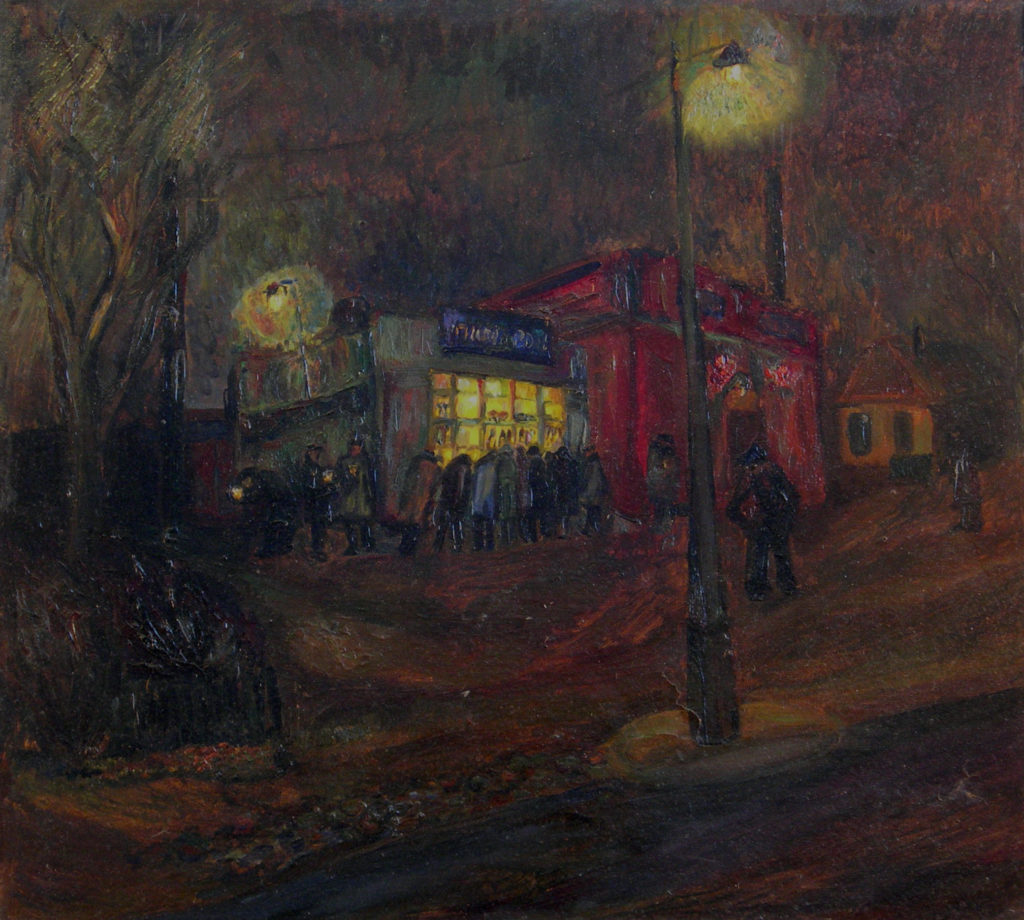
Bolotina wrote, as a rule, what she knew well and understood that she loved. Therefore, Moscow is the protagonist of her landscapes. Therefore, her still lifes were composed of objects dear to her heart, of things, books, among which she lived. It is not surprising that many of them are philosophical (Still Life with a Cat, 1969; Ilya Mashkov’s Frame and Colors, 1973). If Moscow landscapes were painted at home according to sketches made from life, then still lifes — directly from nature. They were put on and pondered for a long time. And they wrote just as long and painstakingly, but with inspiration.
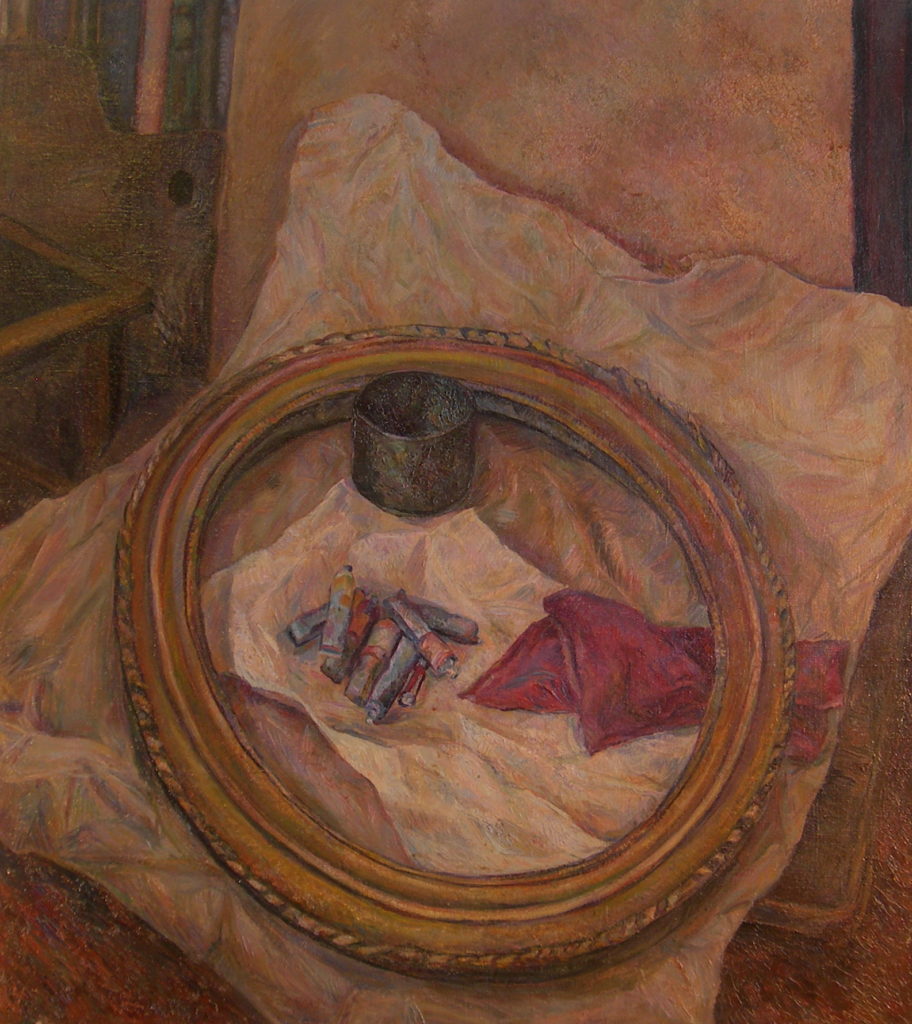
In recent years, landscapes, painted on nature, began to appear at Bolotina. Pleinerizm baltiysk their views are mesmerizing. They return to the color and emotionality that was characteristic of her landscapes of the early period («Gurzuf», «Krasnaya Presnya»).
At the same time, painting of different genres was increasingly united by the «holistic image of nature», which she so appreciated in the painting of A.G. Venetsianov and his school. (As you know, the erasure of genre boundaries is generally characteristic of Soviet painting in recent decades). It seemed that Irina Bolotina was on the eve of a new stage, when new possibilities of her artistic talent would open up …
One of the important sources of her creative development was the art of the past. “Everyone should find himself in his own comprehension of traditions. The true standard is the classic. » This firm conviction matured early. Already a youthful period is associated with an active study of the history of art «do not miss, do not lose, do not forget — we must always remember about this.» She treated each work of art as the personification of the master, convinced that everything the artist did was not accidental — from the size, format of the canvas, the ground and the frame to the pictorial image. “How it was done” conceals “the magical power of the influence of art, which cannot be translated into words”, therefore “every image of an apple, a grape can carry the quality of art in its highest sense”. It is no coincidence that there was no hierarchy of genres for the artist. With research interest, she treated still life as a «special form of painting», «no less capacious, meaningful, rich than all other possible forms of it.» She devoted many years to the study of Russian still life, making sketches, describing, analyzing. Over time, she gathered a huge card file of still life painting.
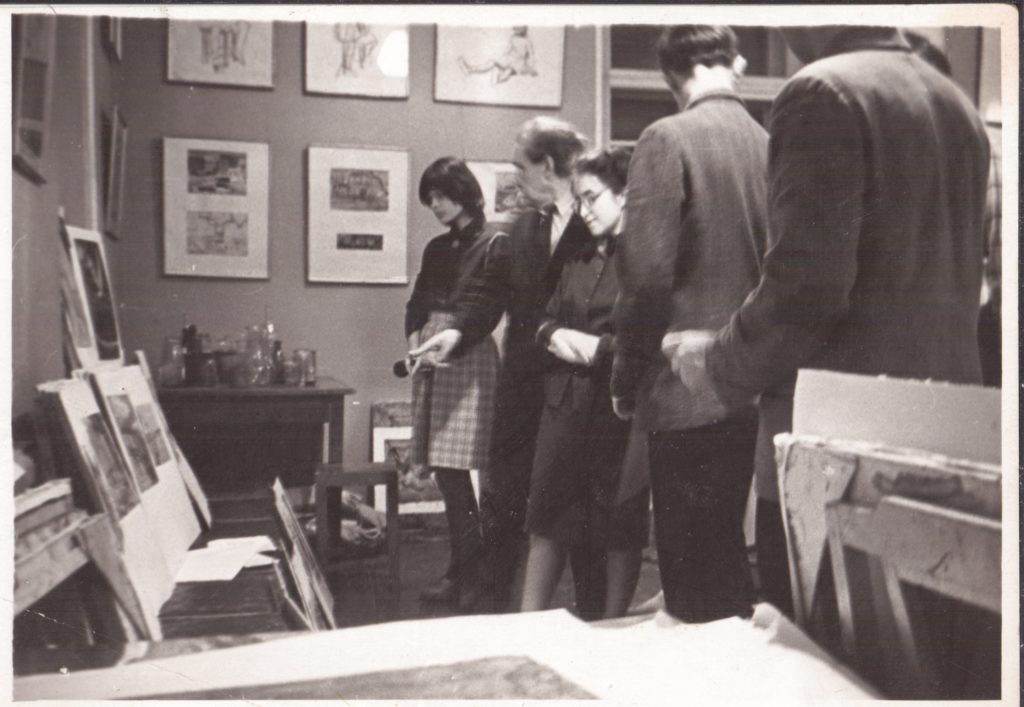
Bolotina had predilections: F. Tolstoy, Mashkov, Osmerkin, Istomin. She specially studied the history and theory of art education, psychology of creativity. The appeal to theory was closely connected with the practice of the painter. She was attracted by «Jacks of Diamonds» precisely because «they managed to leave the noisy roads of stylization of various kinds on the old — but always beautiful road of painting as the art of depicting the world in its beauty.» “The main thing in painting is painting,” she liked to quote P. Konchalovsky. And she herself answered the question of what painting is: “The image of the visible world up to painting from nature. The ability to see in this not symbols of things, but the quality of things embodied in the material. «
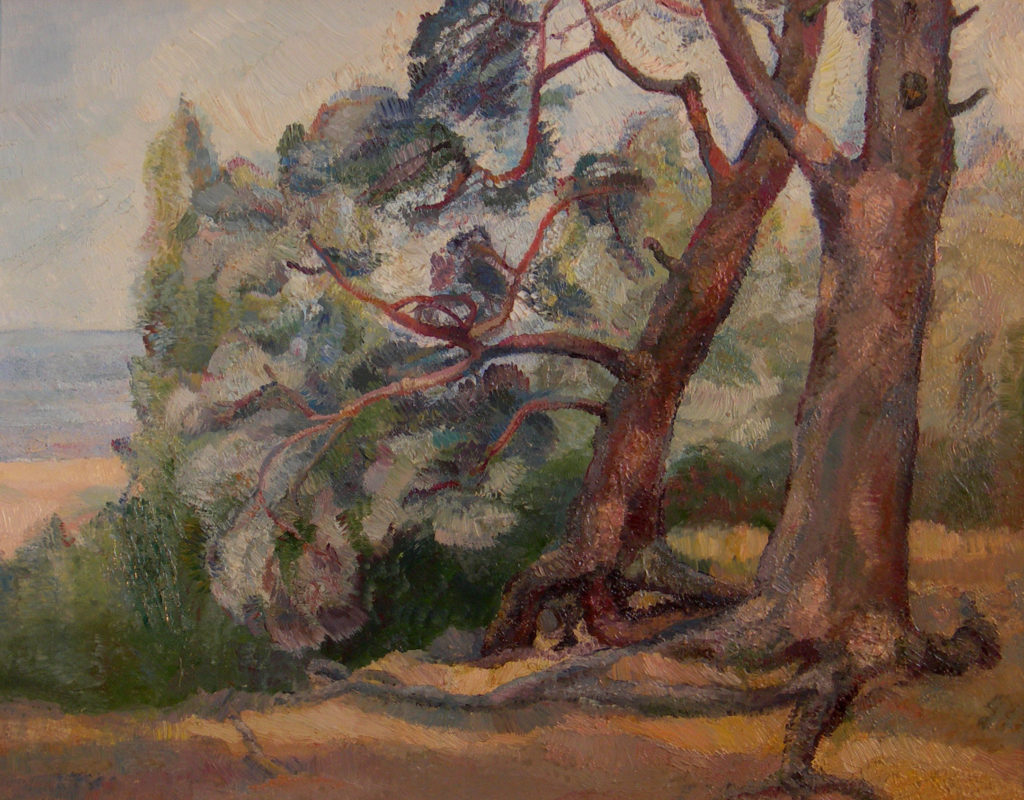
It seems to us that the creative heritage of Irina Bolotina organically fits into her concept of the Moscow school of painting. It is no coincidence that from the first exhibitions her work was noticed by art criticism. Without causing noisy disputes, it is increasingly influencing by its indisputable, serious and convincing position of the artist, who believed that «painting should not be too original …» painting — for constant viewing and long-term enjoyment, it should not chase the one-day success of originality. Too bold a find cannot surprise every time — in the end, it will tire, depreciate; the most complex intricate symbolism, once untangled, will not attract more; there must be something else, eternal, to which one will want to return and return, which will never get bored — like a favorite landscape outside the window, a forest and a garden. Therefore, the essence of painting is not in the effect, but in the discovery of what can become habitually necessary, that is, in other words, the essence is in naturalness. The novelty of the form is a paradox, the essence is in the discovery of nature, in the development of vision. «
Serious study of Russian art led Bolotin to an original judgment about the Moscow school of painting: «The role of the Moscow school of painting is in upholding the classical understanding of painting — in its eternally new, but fundamentally consistent quality.»
(1) — hereinafter, the statements of I.S. Bolotina, contained in her notes, are cited.
Article in the journal Painting № 7 1986
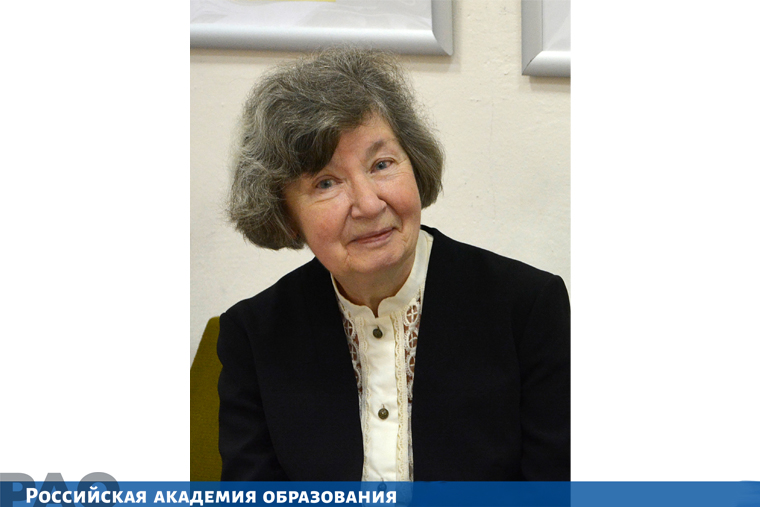
Doctor of Pedagogical Sciences, Professor. Corresponding Member of RAO.